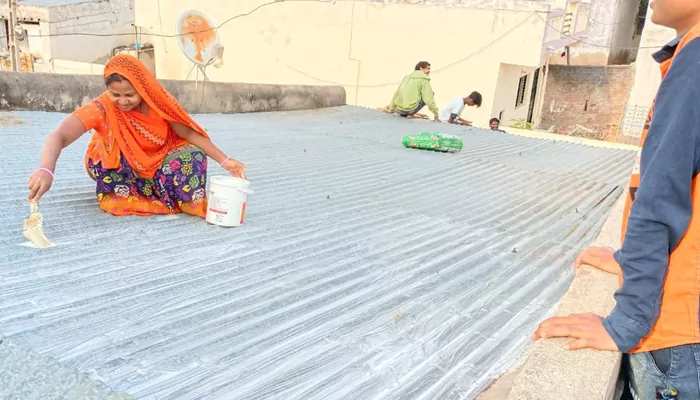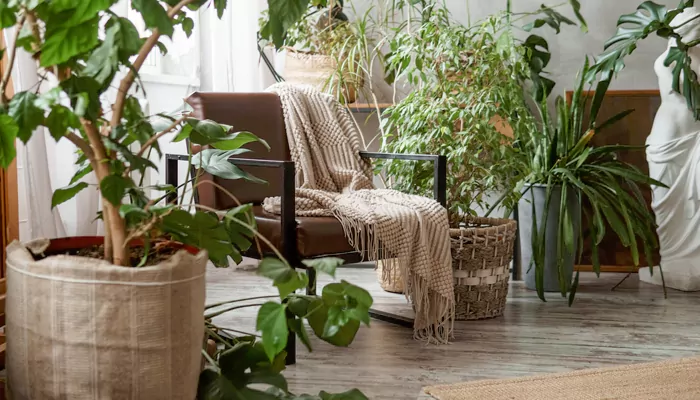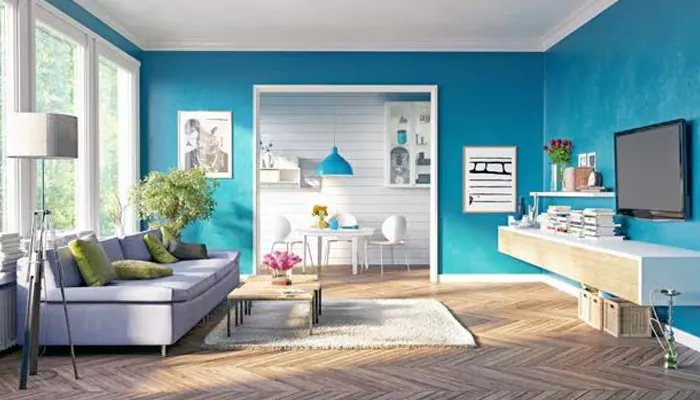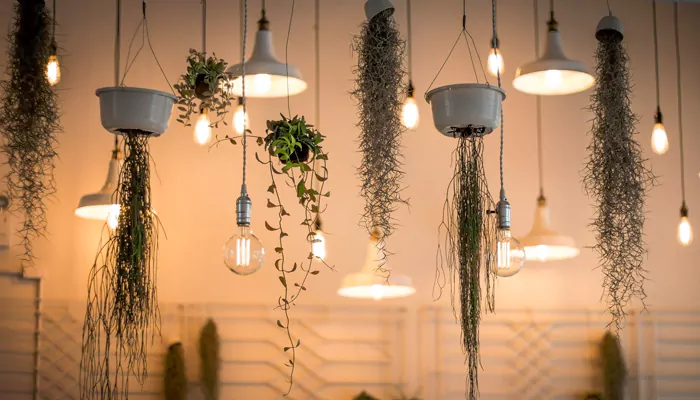
The intense heat in summer can turn homes into virtual ovens, making indoor living uncomfortable and rising dependence on air conditioners.
Indian summers are notorious for extreme heat, with temperatures soaring over 40°C in numerous states. Relying on artificial cooling methods are causing a rise electricity bill, also promoting environmental concerns. Fortunately, there are some easy and cost-effective strategies to sunproof your home to make it naturally cool and comfortable. Here’s how you can do that to beat the summer heat smartly.
The roof of our house absorbs a significant amount of heat. Thus, it’s crucial to invest in heat-resistant solutions. Some useful solutions are white or light-coloured reflective tiles, white roof coatings, to deflect sunlight and ultimately reduce heat absorption. Another effective option is installing a cool roof with solar-reflective paint, which can reduce indoor temperatures significantly.

Windows are another major source of heat entry inside the house. To prevent excess sunlight from entering, install reflective or blackout curtains. Bamboo chick blinds or UV-protective window films are also effective. As per research, double-glazed or tinted windows can reduce heat penetration while maintaining sufficient lighting indoors. A well-placed awning or external shading over windows facing the sun can cut down heat exposure too.
There is no alternative to greenery, which is a natural coolant. Indoor plants like aloe vera, snake plant, and peace lilies help in reducing indoor temperature. Presence of trees like Neem, Mango, or Gulmohar around your home provides much-needed shade and cool air. Vertical gardens or creepers along walls can further reduce heat absorption, creating a fresh ambiance.

Proper airflow is mandatory to keep your house cool. Even in summer season, temperature remains low during early mornings and late evenings. Open the windows during that time to allow fresh air to circulate indoor. Use exhaust fans in kitchens and bathrooms to remove hot air efficiently. Another temporary sollution is keeping a bowl of ice or cool water near a fan to create a cooling effect indoors.
Walls of the houses absorb and retain heat, making indoor warmer. Thus, painting material must be heat-reflective enough to give more comfort. Insulating paints on exterior walls can minimize heat absorption. Rather than darker shades, paint your house with light-colour to reflect sunlight more effectively.

Switching to lightweight and breathable fabrics for upholstery, curtains or bedsheets can make indoor more comfortable. Cotton and linen are the obvious choices for summer for better air circulation and less heat absorption.
Sometimes we ignore gaps in doors, windows, and walls which allow hot air to seep in, increasing indoor temperatures. Plan to seal those gaps with weather stripping, caulking, or draft stoppers to reduce heat entry. You can also add insulation materials such as thermocol, gypsum board, or wall cladding to resist external heat.

Want to reduce indoor temperature more efficiently? Move to energy-efficient ceiling fans, inverter ACs, and LED lights. Another cost-effective and eco-friendly cooling solution is using air coolers with proper ventilation. Don’t forget to turn off electronic devices when not in use, this minimizes heat build-up inside the room.
Water, an excellent cooling agent can reduce indoor temperature when sprinkled in the terrace in the evening. For the summer season, you can prepare small indoor water fountains or keep clay water pots indoors for a refreshing cooling effect.
Beat the heat naturally this summer and enjoy a comfortable, sunproof home!